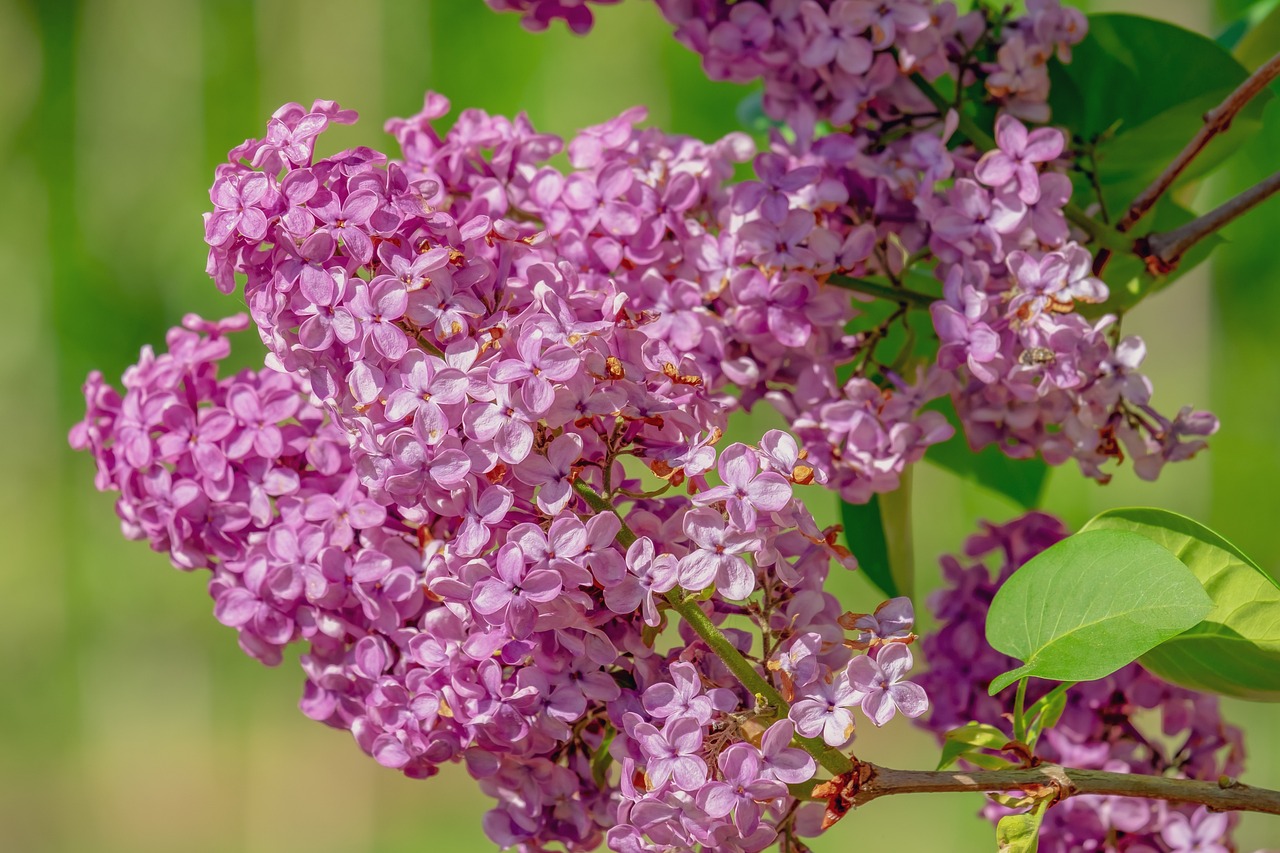
Ah, lilacs. Their intoxicating fragrance and vibrant blooms herald the arrival of spring, transforming your garden into a perfumed paradise. But what if your lilac bush seems a little shy on the flowering front? Fear not! With a strategic snip here and there, you can coax your lilac into a dazzling display, turning it into the star of the show. This guide will equip you with the knowledge and confidence to prune your lilac bush like a pro, guaranteeing a breathtaking floral spectacle.
This post may have affiliate links. This means that sometimes when you click a link on our site and make a purchase on Amazon, we may earn a small commission at no additional cost to you. We only recommend products we truly believe in, and your support helps keep us running!
Understanding Your Lilac’s Language: Growth Habits and Flower Formation
Lilacs are troopers, but they have a unique way of communicating their needs through their growth patterns. To prune effectively, we need to become fluent in “Lilac.” Here’s a breakdown of their key characteristics:
- Blooming on Old Wood: Lilacs set flower buds on the stems that grew the previous year. This means that indiscriminate pruning in spring will dramatically reduce your flower count for that season.
- Suckers and Watersprouts: These are fast-growing shoots that emerge from the base of the plant or along the stems. While they may look promising, they rarely flower and can steal energy from the rest of the bush.
The Pruning Baton: When and What to Cut
Now that we understand how lilacs “speak,” let’s translate that knowledge into action. Here’s a breakdown of the ideal timing and techniques for pruning:
The Best Time to Prune: Contrary to popular belief, spring is not prime pruning time for lilacs. The ideal window is right after they finish flowering, typically in late spring or early summer. This allows the bush to focus its energy on setting flower buds for the following year.
What to Remove:
- Dead, Diseased, or Damaged Branches: These detract from the overall health and aesthetics of the bush. Remove them at their base using sharp bypass pruners.
- Suckers and Watersprouts: These energy thieves should be cut back to their point of origin on the main stem.
- Inward-Growing Branches: These branches compete for space and light with the rest of the bush. Prune them just outside an outward-facing bud.
- Old, Woody Branches: Over time, older branches become less productive. Selectively remove these to encourage new growth and improve air circulation. Aim to remove no more than one-third of the oldest branches each year.
How to Make the Cut:
- Use sharp, clean bypass pruners for a precise and clean cut. Dull pruners can damage the branch, leaving it susceptible to disease.
- Make your cuts at a 45-degree angle, just above a healthy outward-facing bud. This encourages new growth in the desired direction.
- Avoid leaving stubs, as they can become entry points for disease.
Additional Tips:
- When removing large branches, use a three-cut method to prevent tearing. Make the first cut halfway through the branch from underneath, a few inches away from the main trunk. Then, make the second cut a few inches further out, completely severing the branch. Finally, make a clean cut just above the branch collar on the main trunk.
- For a more manageable size and shape, you can lightly prune the top third of the bush after flowering. However, avoid drastic cuts, as this can significantly reduce flowering.
Fostering Future Blooms: Post-Pruning Care
Pruning is just one piece of the puzzle. Here’s how to ensure your lilac thrives after the snip:
- Watering: Water your lilac bush deeply after pruning, especially during hot and dry periods.
- Mulching: Apply a layer of organic mulch around the base of the plant to retain moisture, regulate soil temperature, and suppress weeds.
- Fertilization: In early spring, fertilize your lilac bush with a balanced fertilizer formulated for flowering shrubs.
